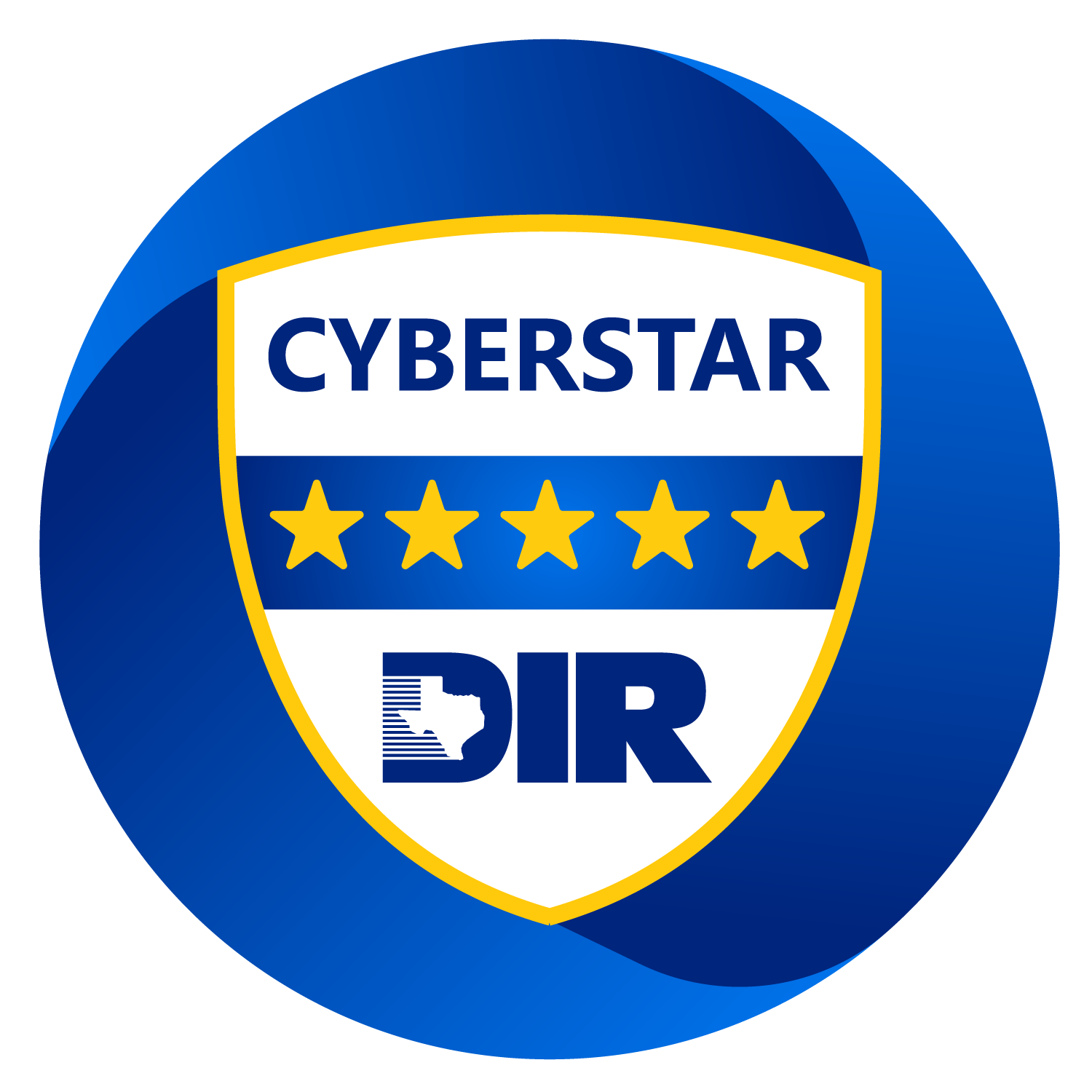Information technology (IT) infrastructure comprises several components designed to work together in developing, controlling, and supporting a business’s IT services. In coordination, seven primary elements ensure an enterprise’s IT runs smoothly and efficiently. The adage states, “A chain is only as strong as its weakest link.” Likewise, the disruption of one of these vital components would have a domino effect on the other six—resulting in lost time, data breaches, or other critical losses. Diligent and robust management of an IT infrastructure is crucial in keeping a company’s digital functions in optimal condition. As digital business expands, so does the need for strong IT infrastructures. This article will explore its seven components to understand how a properly functioning IT infrastructure operates.
What are the 7 Components of IT Infrastructure?
An IT infrastructure’s seven vital components are hardware platforms, enterprise and software platforms, operating system platforms, data storage management, network and telecommunication platforms, internet platforms, and customer and system integration services.
Hardware Platforms
A hardware platform is a group of interconnected hardware elements that combine to run all software applications. Hardware platforms are the foundation of the IT infrastructure. The hardware platform comprises several pieces of equipment, such as computers, servers, data centers, routers, switches, and other devices. They allow users to input, share, and store data in the system. Combined with software applications, hardware platforms help users communicate. An infrastructure’s speed depends heavily on the hardware. All hardware components should meet the requirements of any enterprise’s needs. It’s important to consider the features, performance and speed, and mobility of hardware elements you plan on incorporating into a hardware platform.
Enterprise and Software Applications
Enterprise and software applications, as the name suggests, are all large-scale proprietary software and other relevant software utilized by a business to run effectively. Examples of software applications include Peoplesoft, Oracle, and Middleware. All applications used to link different applications and hardware are also included in this category, such as web servers and content management systems frameworks. They instruct the hardware and enable devices to function. There are a few important aspects to consider when choosing the proper software for your IT infrastructure:
- Which software will augment the functionality of the business?
- What features are available?
- Does it need regular upgrading?
Some common uses for software applications include:
- Email Marketing System
- Automatic Billing System
- Human Resource Management
- Business Intelligence (BI)
- Online Payment Processing
Operating System Platforms
An operating system (OS) platform is the software that manages all other applications once it’s uploaded onto a computer. Without an OS, the computer cannot function. It’s the primary software that drives all other software and is the main interface for users. Common examples of OS platforms include Windows, macOS, and Linux. These operating systems allow a business’s personnel to access, communicate, and store data.
Data Storage and Management
The data center is where software manages and stores a company’s information while providing secure access to data and applications for a company’s personnel. The technology to store data has advanced quite a bit, offering two primary ways an enterprise can easily access data, store it, and back it up: traditional storage and cloud storage.
- Traditional Storage: The traditional method of storing information keeps data stored on computers and servers, which can be accessed through LAN/WAN. LAN stands for local area network and is designed for smaller areas such as offices, homes, or schools. WAN stands for wide area network and encompasses larger areas such as cities, countries, and even the world. Traditional storage stores data on disks that can be reformatted if necessary. More discs can be added as information needs increase. All data is stored in different locations to avoid losing data in the event of a system failure or disaster.
- Cloud Storage: This type of storage keeps data on third-party servers in the cloud. It offers convenience and ease for company personnel to access data anytime and anywhere. Multiple users are even able to access data at the same time. With redundancy measures, data is copied and kept in several different locations to avoid a scenario where data could be permanently lost. Also, cloud service providers utilize robust cybersecurity tools to keep data safe from hackers.
Network and Telecommunication Platforms
Network and telecommunication platforms allow network operations, management, and communication between internal and external systems. Networking platforms include Windows Server, Unix, Linux, and others. Telecommunication platforms are supplied by
telecommunications service providers and offer connection to data through internet access, cellular wireless, and WAN. Verison, T-Mobile, Comcast, and AT&T are examples of companies that provide telecommunication platforms. Components such as telephones, cables, mobile technology, networking hardware, and software are utilized. All businesses need good network and telecommunication platforms to keep productivity running optimally.
Internet Platforms
An internet platform’s hardware and software work to facilitate the functions of web hosting, web maintenance, and web applications. It’s closely related to network, hardware, and software platforms and often overlaps them. Service providers that offer web hosting support typically monitor and maintain large servers with space to allow customers to host their websites. Microsoft.NET, Java, Adobe Acrobat, and Real Media primarily supply web software application tools.
Consulting and System Integration Services
Consulting and system integration services are designed to integrate the various components of infrastructure, software, and platforms into a seamless information system that is fast, consistent and secure. These services are vital for companies wanting to optimize their technology spending, increase their market share and communicate their messaging to their client base. Companies specializing in consulting and system integration services can find the best way to marry these complex systems in a way that best meets the needs of the organization.
Each of these seven components plays a crucial role in supporting the continual function of a business. If one of these elements fails, an enterprise could be stalled in its tracks.
If the software goes down, the hardware has no instructions. Without the internet, access to data and communication with clients may be impossible. A company’s personnel won’t be able to send and receive emails, access the web, or coordinate online projects. Operating systems that function as a user interface must work properly to access stored data on traditional servers or the cloud. To ensure your company has an IT infrastructure that best suits your business’s needs, contact Cynergy Technology for a free consultation today.







